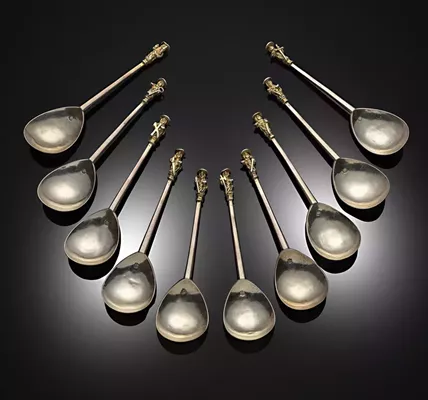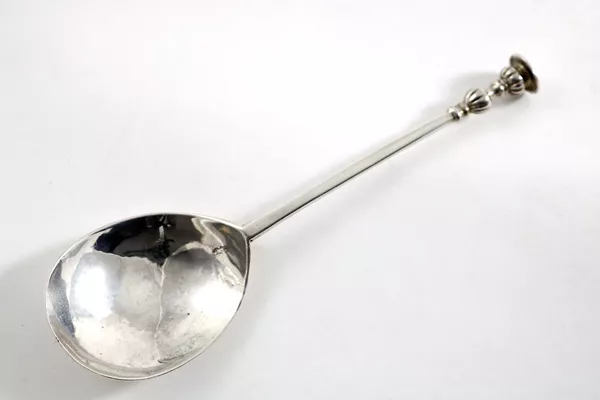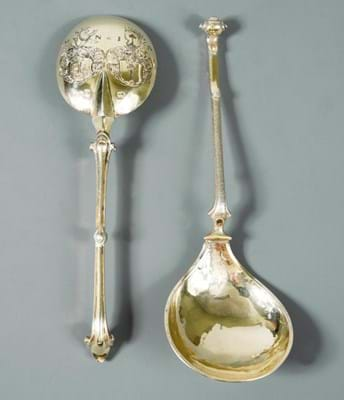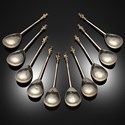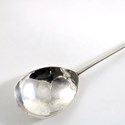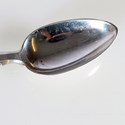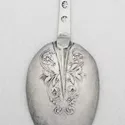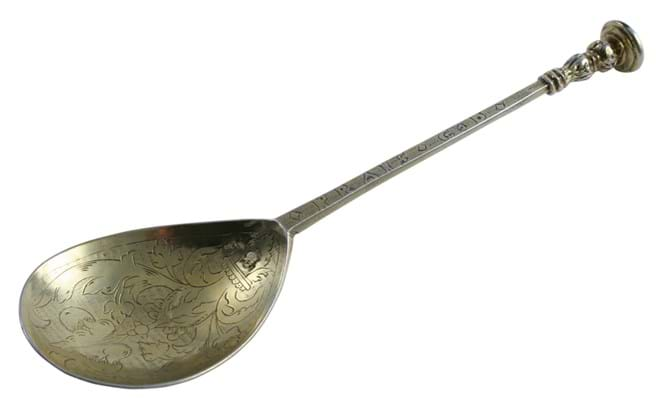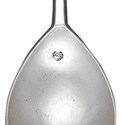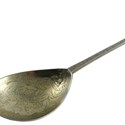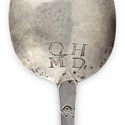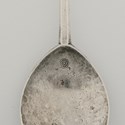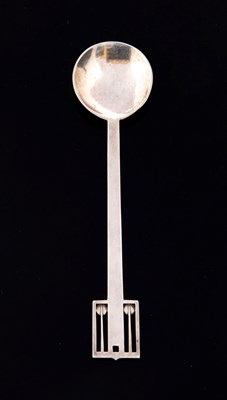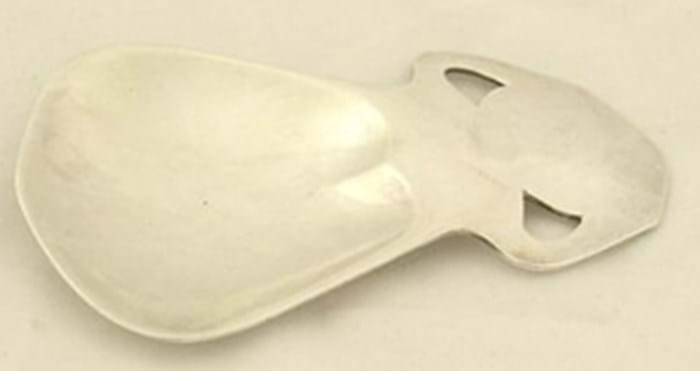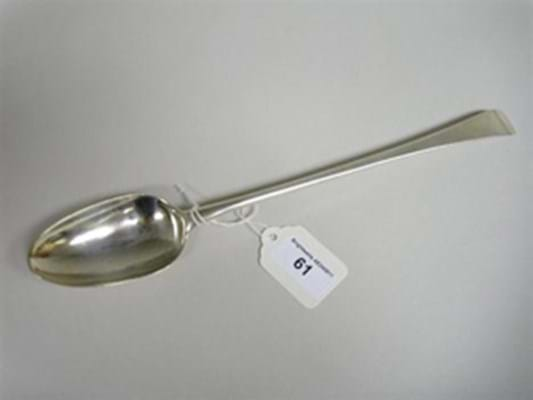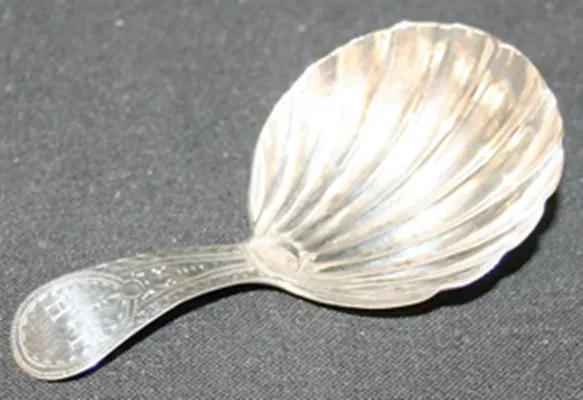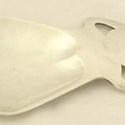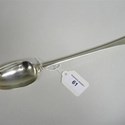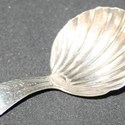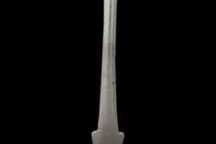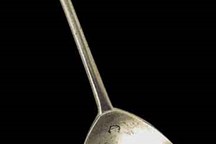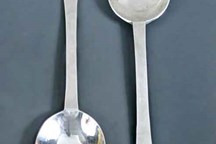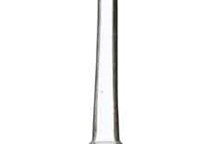Silver spoons for the dining table have been around since antiquity - a much longer history than the table fork, which did not come into general use until the 18th century.
By this time spoons had evolved from personal, portable eating implements into something to serve all sorts of specific functions: basting meat, measuring out tea or condiments, extracting marrow from bones or skimming debris off liquids. These many variations and styles, together with their long history, have created a rich collecting seam.
In England the introduction of hallmarks as a form of quality control in the 14th century has the added bonus that a piece of silver can be dated with accuracy.
What Do People Collect?
Unlike the services of cutlery that emerged in the 18th century, collections of single spoons are not generally purchased for use. Enthusiasts collect by type, function, by maker, by geographical area or by decoration.
While far from common, silver spoons from the medieval-Tudor periods survive in sufficient quantities outside museums to make them a commercially tradable property. These spoons tend to be small, around 6-7in (15-18cm) in length, with bowls shaped like a fig in cross-section.
The main variation is the form of the stem, or more specifically the terminal, which can vary from a simple sloping 'slip' top, diamond- or acorn-shaped knop, to the more elaborate spoons topped by a seated lion, a bust of the Virgin or sets of spoons where each terminal is formed as one of the 12 apostles. At this early period some London silversmiths, like William Cawdell or William Simpson were already specialist spoon-makers.
By the 17th century shapes began to change. The round bowls became longer ovals (some with decoration to the underside) while the longer stems with broader, flatter terminals (often of trefid or wavy-end shape) allowed room for initials and dates to the reverse.
For some people these early examples represent the collecting holy grail, but spoon collections usually cast the net wider and take in nicely-marked 18th century spoons. There is also a market for pieces made and marked in provincial towns, notably in the West Country or East Anglia but especially the Scottish assays.
Scottish provincial silver is a major collecting area in its own right - witness the large collection sold by auctioneers Woolley & Wallis of Salisbury in January 2009.
The introduction of dining services in the 18th century brought a proliferation of different types - serving spoons, basting spoons, ladles, mote spoons, marrow scoops. As spoons became more specific in their function some forms crossed over into the arena of collectable smallwork and novelty silver. Spoons made specifically for measuring loose tea from caddy to teapot rose in popularity with the consumption of the drink itself, and by the early 19th century there were myriad examples displaying different styles of bowl and decoration from shovel and shell to bird's wings.
Silversmiths from the Arts and Crafts period also made this form their own. The Norrie collection of caddy spoons, sold by Woolley & Wallis in 2004, was a landmark sale of its type in this particular field.
The Market
The collecting history of English, Scottish and Irish silver spoons spans more than a century. The famous Ellis collection of early spoons, a name that crops up in catalogues as an important provenance, was sold by Sotheby's as far back as 1935, while Commander G.P. How produced his standard three-volume publication on early spoons back in the 1950s.
Demand for the best spoons has always been high and the earliest rarities continue to command very substantial prices. More than 30 years ago in 1981, a spoon with a wrythen knop from the reign of Edward IV, c.1463, sold for £4200 at Phillips in London.
More recently, at Bonhams in 2008, in the second instalment of the Quernmore Collection, a Henry VIII apostle spoon with a terminal of St Matthias by the specialist spoon-maker William Simpson, 1515, went for £28,000.
Buyers naturally look for those examples in the best condition, with a premium placed upon those few survivors with clear hallmarks, period engraving and relatively little sign of use.
By contrast, 18th or 19th century Old English or Fiddle pattern tablespoons and even some basting spoons can be purchased for less than £100, although again marks and place of origin determine value alongside unusual patterns or engraving.
Caddy spoons offer another wide range of choice at entry level prices, with plenty of George III examples available for less than £100. You can, however, expect to pay much more for novelty or special examples, while those made by the likes of Omar Ramsden, Sybil Dunlop or George Jensen carry a premium because of their crossover appeal to the Arts and Crafts market.
Any item deemed to have a collecting value runs the risk of faking. Twice in recent history spoon values have been temporarily affected by the now well documented output of the skilled serial forger Peter Ashley Russell. His forgeries ranged from old spoons struck with fabricated punches to give the impression they were early rarities, as well as totally fabricated pieces of cutlery.
After being caught and convicted in 1986, Ashley Russell perpetrated further fakes in the early 21st century and was again caught and convicted in 2008. On both occasions collectors and dealers were taken in, but the market appears to have bounced back successfully.
Further Reading
The Finial, a bi-monthly journal of the Silver Spoon Club of Great Britain. A place to find specialist articles about spoon collecting and to trade spoons.
English and Scottish Silver Spoons by George Evelyn Prentice How and Janice Penrice How, 1952-57. Privately printed.


